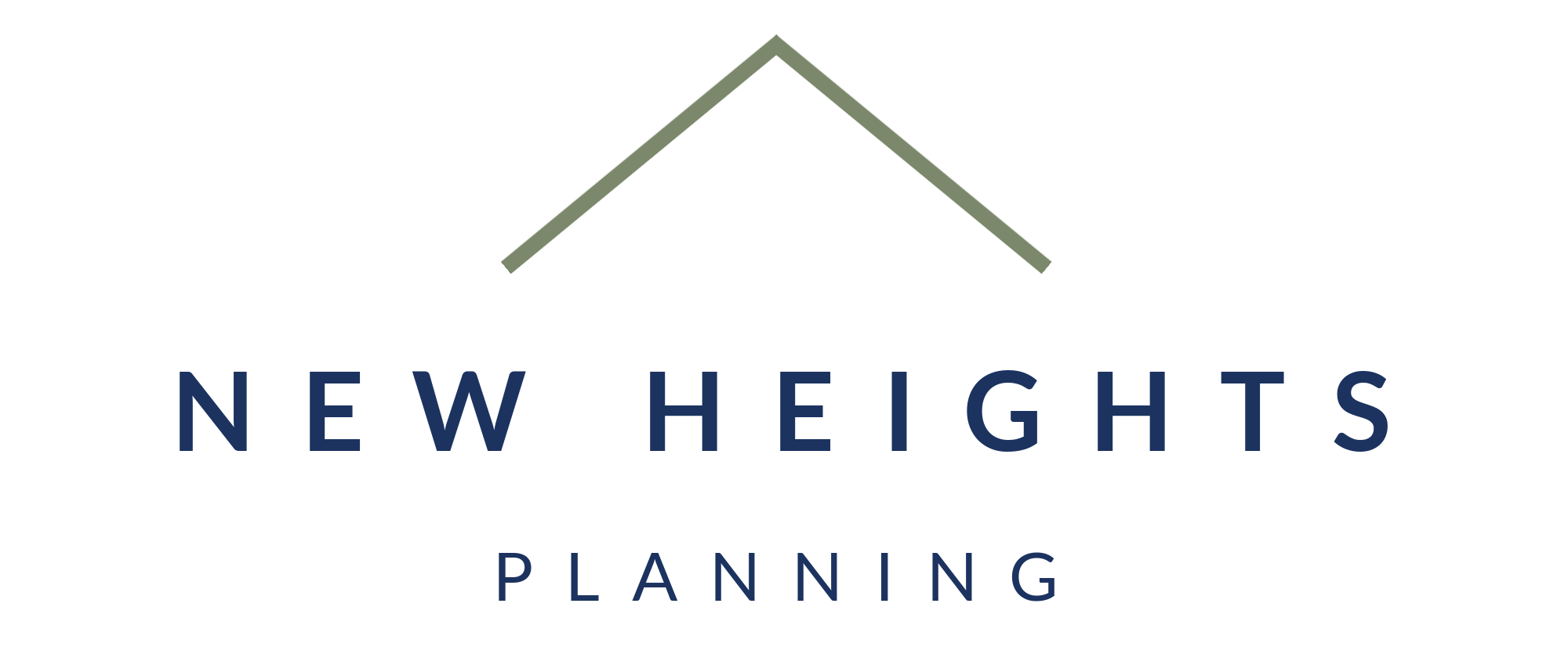Mega Back Door Roth – Part 2
After-Tax 401(k) Contributions: Mega Back Door Roth – Part 2
Watch part 1 here and stay tuned for part 3!
Full Transcript
I have the after-tax option in my 401(k). How do I do the mega back door Roth?
This is part two of a three-part video series I am doing on the mega back door Roth. In part one, I talked about the three different tax buckets within your 401(k) for your contributions. In part three, I’ll talk about some common pitfalls, so make sure you watch that, as these tax consequences can be severe. Also, I encourage you to reach out to your financial professional to ensure that this is right for your unique situation.
Now, let’s talk about how to do a mega backdoor Roth. The first step is to contribute after-tax dollars to your 401(k). When you do this, these after-tax dollars will then grow tax-deferred. The next step is to then convert that money to Roth. There are two common ways to do this. It’s important to note that when you convert your money to Roth, this is a taxable event. So the growth on that after-tax balance that is converted will be reported on your tax return, and you will have to pay income taxes on that growth.
Now, let’s talk about how to do this. There’s really two ways to do it. One, and most common, is to roll your after-tax balance out of your 401(k) into a Roth IRA. This is what you will find if you Google mega back door Roth IRA. Although it’s the most common, it’s not necessarily the best option, depending on your 401(k) and your situation.
The other option may be to do an in-plan 401(k) Roth conversion if your 401(k) plan allows. Now, once you convert that money, it then grows tax-free because now that entire balance is in the Roth bucket.
All right. Let’s talk through a quick example to see how this works in practice. Let’s assume John works for Shell, and John contributes the full $11,500 that he can contribute in 2024 to the after-tax portion of his Shell Provident Fund. Now that money grows tax-deferred and he converts it after it has grown by $1,000, so, he converts $12,500 to Roth. He does this by doing an in-plan Roth conversion within his 401(k). When he does it, he has $1,000 that is now reported as a taxable income on his 1099R. And so he’ll have to file this with his taxes next year and pay income taxes on that growth. However, at that point, this entire $12,500 can then grow tax-free.
Now, this seems like a lot of work and there is a level of complexity with it. So make sure that you’re being intentional with your situation. Let’s talk about why I prefer in-plan 401(k) conversions for certain situations. With specific 401(k) ‘s, Shells 401(k) being one of them, you can do automatic Roth conversions for after-tax contributions. So, let’s talk through that really quickly. With an automatic Roth conversion for your after-tax contributions, the day that you put money into the after-tax bucket within your 401(k), it is automatically converted, so it’ll then grow tax-free from thereon out.
There are two reasons why I prefer this over a one-off conversion. First, it’s the most tax-efficient way of doing it. Because you immediately convert, you never have this additional amount of growth before the conversion, and all of your growth happens after the conversion and is tax-free. Second, it’s the simplest way of do it! Once this is set up and turned down within your 401(k), all you have to do is contribute money to the after-tax bucket, and the conversion is done automatically.
If you’d like to learn more about the mega backdoor Roth and how it applies to your unique situation, please reach out to me for further discussion.



